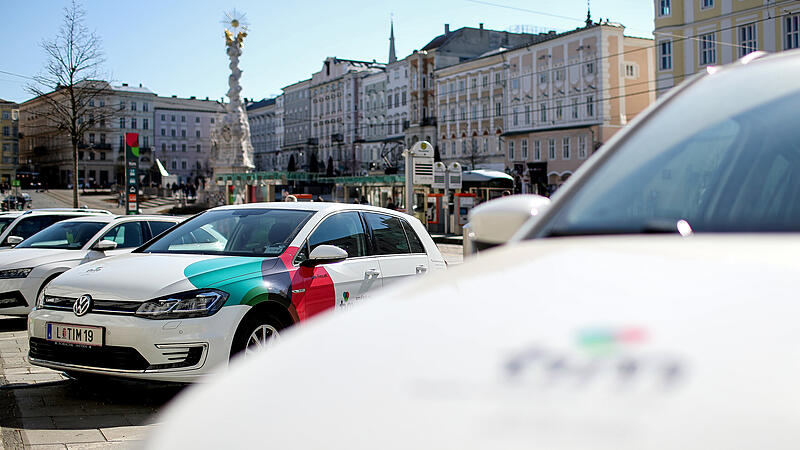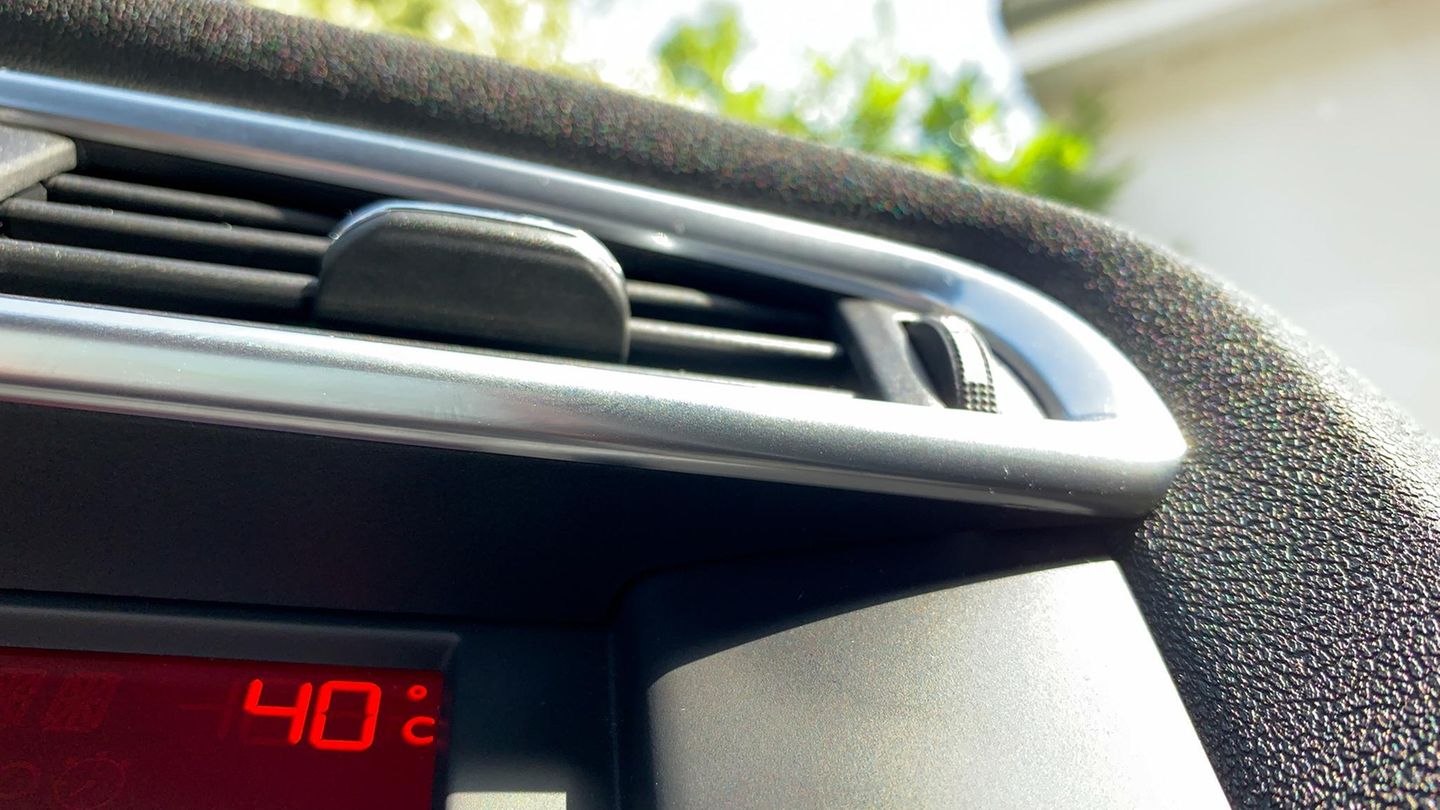Image: Volker Weihbold
Eleven locations, 37 cars, most of them electric, two million kilometers driven, 28,000 bookings, 170,000 hours of use and 1,100 customers: these are figures that allow those responsible around General Director Erich Haider to speak of a success story.
tim stands for daily, intelligent, mobile and was launched in autumn 2019. At that time it was by no means clear whether and how well the multimodal mobility offer would be accepted. Mayor Klaus Luger (SP) has received the important signal to the population that a change in behavior is required in the choice of means of transport in the city in order not to “suffocate” even more in traffic jams.
tim soon in residential complexes too?
“Every car less in a traffic jam is an advantage,” said Deputy Mayor Martin Hajart (VP), who sees the tim offer, in which people can share cars (and bicycles), i.e. rent them, more than positively. At the moment, the eleven locations – ten in Linz, one in Leonding – are set up at locations that are at junctions with the public transport network. Hajart has a pilot project in mind as to how this offer could also be used in larger residential areas. “We’re just in the early stages here,” says CEO Jutta Rinner, putting a brake on the expectation that something could happen this year. tim stands for slow growth anyway.
Third location in the city center planned
As can be learned from the experience of the customers, who can be seen as a community, is also shown by the fact that a van will also be available in the tim fleet from mid-June. The vehicle will probably be in the Volksgarten. This is the location that, together with the main square, is one of the most popular in the tim range.
It is therefore not surprising that another location is being sought in the city center where there is the highest occupancy rate. Considerations are already being rolled out here, but there is still no final decision.
Source: Nachrichten




